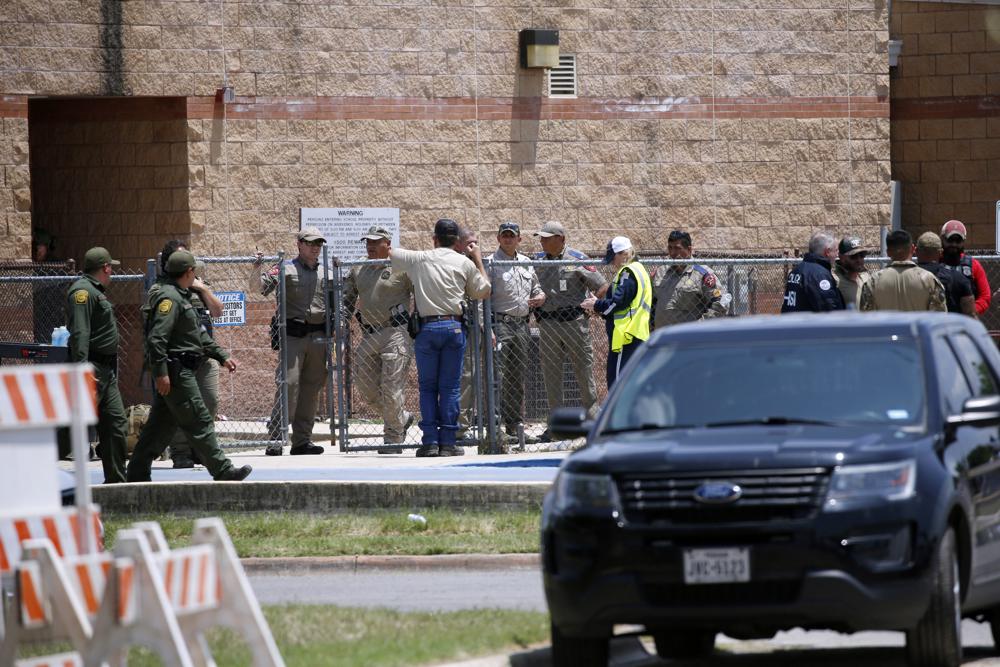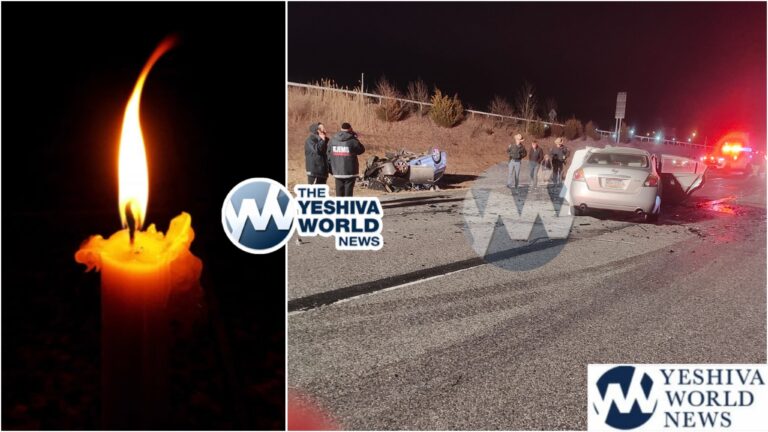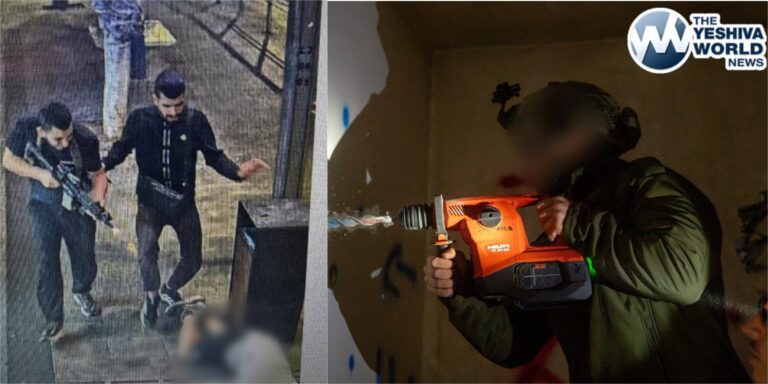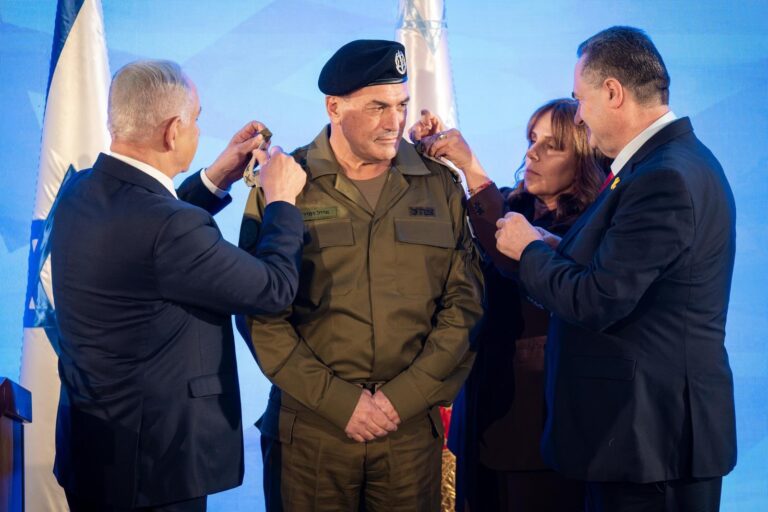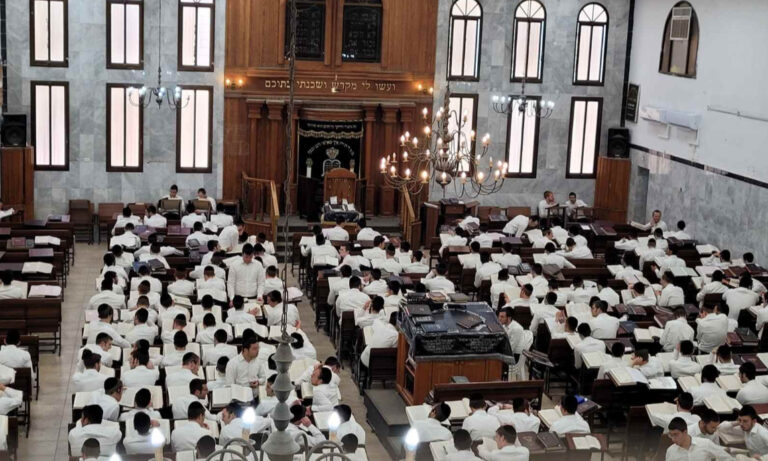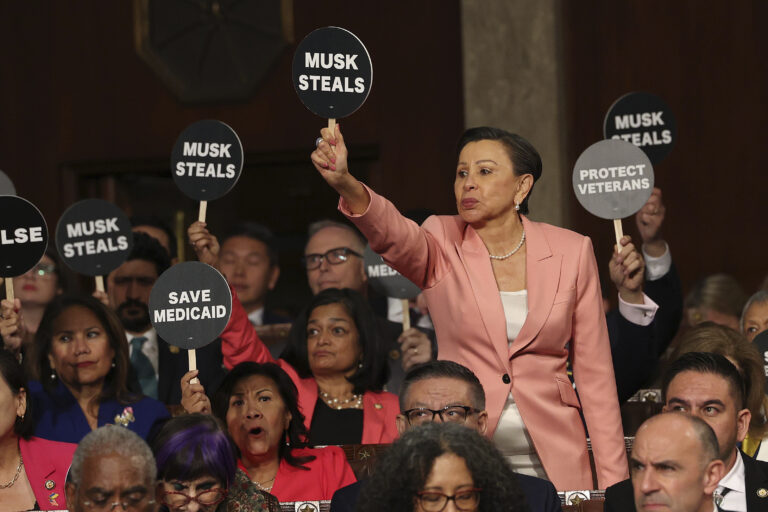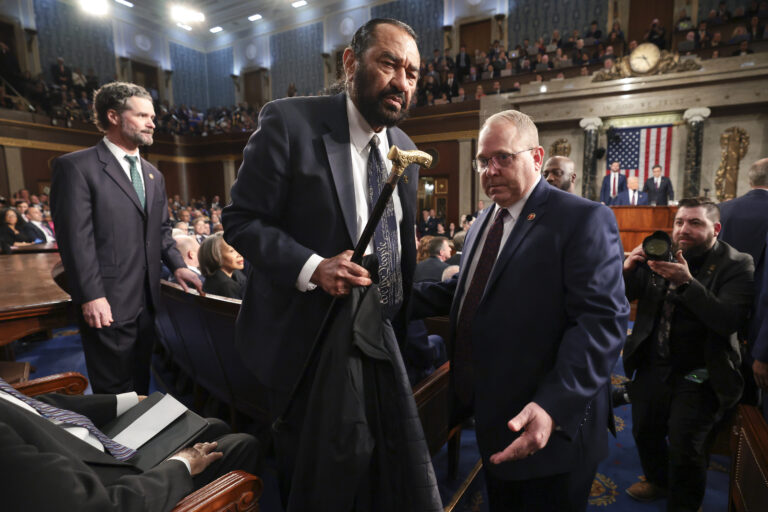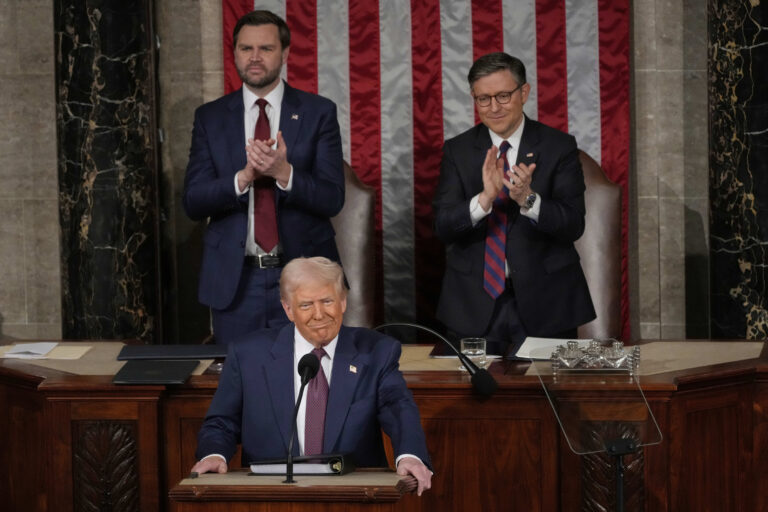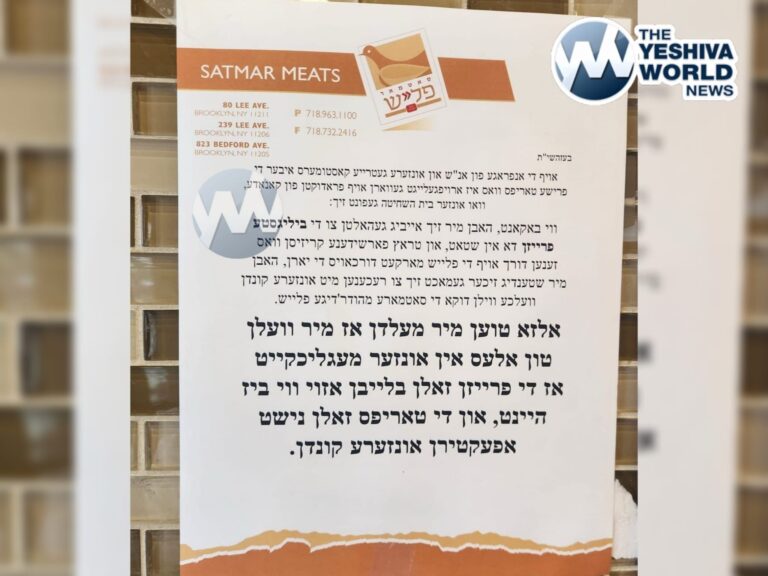Police had enough officers on the scene of the Uvalde school massacre to have stopped the gunman three minutes after he entered the building, and they never checked a classroom door to see if it was locked, the Texas public safety chief testified Tuesday, pronouncing the law enforcement response an “abject failure.”
Police officers with rifles instead stood and waited in a hallway for over an hour before they finally stormed the classroom and killed the gunman, putting an end to the May 24 attack that left 19 children and two teachers dead.
The classroom door, it turned out, could not be locked from the inside, yet there is no indication officers tried to open it while the gunman was holed up, Col. Steve McCraw, director of the Texas Department of Public Safety, said in blistering testimony at a state Senate hearing. Instead, he said, police waited around for a key.
“I have great reasons to believe it was never secured,” McCraw said of the door. ”How about trying the door and seeing if it’s locked?”
Delays in the law enforcement response have become the focus of federal, state and local investigations.
McCraw lit into Pete Arredondo, the Uvalde school district police chief who was in charge, saying: “The only thing stopping a hallway of dedicated officers from entering room 111 and 112 was the on-scene commander who decided to place the lives of officers before the lives of children.”
“Obviously, not enough training was done in this situation, plain and simple. Because terrible decisions were made by the on-site commander,” McCraw said. He said investigators have been unable to “re-interview” Arredondo.
The public safety chief presented a timeline that said three officers with two rifles entered the building less than three minutes after the gunman, an 18-year-old with an AR-15-style semi-automatic rifle. Several more officers entered minutes after that.
The decision by police to hold back went against much of what law enforcement has learned in the past two decades since the Columbine High School shooting in Colorado that left 13 dead in 1999, McCraw said
“You don’t wait for a SWAT team. You have one officer, that’s enough,” he said. He also said officers did not need to wait for shields to enter the classroom. The first shield arrived less than 20 minutes after the shooter entered, according to McCraw.
Also, eight minutes after the shooter entered, an officer reported that police had a “hooligan” crowbar that they could use to break down the classroom door, McCraw said.
The public safety chief outlined for the committee a series of missed opportunities, communication breakdowns and other mistakes, among them:
— Arredondo did not have a radio with him.
— Police and sheriff’s radios did not work within the school; only the radios of Border Patrol agents on the scene worked inside the school, and even they did not work perfectly.
— Some diagrams of the school that police were using to coordinate their response were wrong.
State police initially said the gunman entered the school through an exterior door that had been propped open by a teacher, but McCraw said that the teacher had closed the door, and it could be locked only from the outside.
“There’s no way for her to know the door is locked” McCraw said. “He walked straight through.”
Questions about the law enforcement response began days after the massacre. McCraw said three days after the shooting that Arredondo made “the wrong decision” when he chose not to storm the classroom for more than 70 minutes, even as trapped fourth graders inside two classrooms were desperately calling 911 for help and anguished parents outside the school begged officers to go inside.
Arredondo later said he didn’t consider himself the person in charge and assumed someone else had taken control of the law enforcement response. Arredondo has declined repeated requests for comment to The Associated Press.
As for the amount of time that elapsed before officers entered the classroom, McCraw said: “In an active shooter environment, that’s intolerable.”
“This set our profession back a decade. That’s what it did,” he said of the police response in Uvalde.
Police haven’t found anything that would be a red flag in the shooter’s school disciplinary files but learned through interviews that he engaged in animal cruelty. “He walked around with a bag of dead cats,” McCraw said.
In the days and weeks after the shooting, authorities gave conflicting and incorrect accounts of what happened, sometimes withdrawing statements hours after making them. But McCraw assured lawmakers: “Everything I’ve testified today is corroborated.”
McCraw said if he could make just one recommendation, it would be for more training. He also said a “go-bag” should be put in every state patrol car in Texas, including a shield and door-breaching tools.
“I want every trooper to know how to breach and have the tools to do it,” he said.
(AP)

